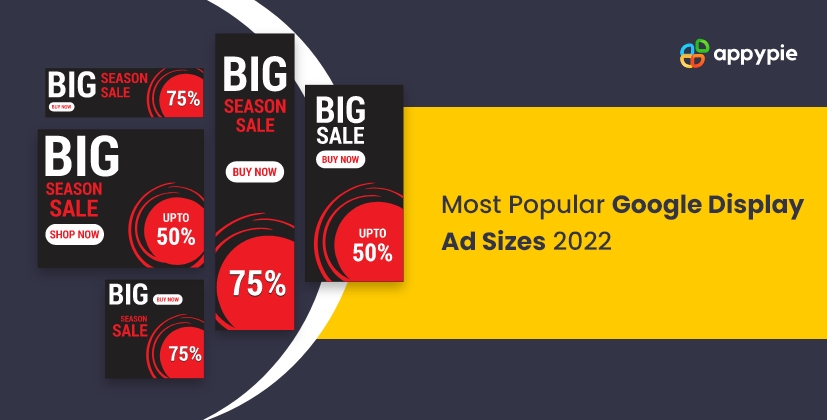5 Google Ad Specs

The world of Google Ads is a vast and complex one, full of nuances and specifications that can make or break a campaign. To help navigate this landscape, let’s take a closer look at five key Google Ad specs that every marketer should know.
1. Image Ad Specs
When it comes to image ads, the specs are all about making a visual impact. Google recommends the following: - File format: JPEG, PNG, GIF, or SWF - Maximum file size: 150KB - Recommended dimensions: - For desktop: 336x280, 300x250, 250x250, 200x200, 180x150 - For mobile: 320x100, 300x50, 250x250 - Aspect ratio: Varies by ad unit, but standard ratios include 1:1, 4:3, 16:9 - Resolution: 72 dpi
2. Responsive Ad Specs
Responsive ads are designed to adapt to different screen sizes and devices, making them a versatile choice for campaigns. Key specs include: - Headline: Up to 30 characters - Description: Up to 90 characters - Display URL: Up to 15 characters - Destination URL: No specific limit, but shorter URLs tend to perform better - Image size: Varies, but typically 1:1 or 1.91:1 aspect ratio, with a minimum of 600x600 pixels for square ads and 1,200x628 pixels for landscape ads
3. Native Ad Specs
Native ads blend in with the content of a webpage, making them less intrusive and more engaging for users. Specs can vary depending on the platform, but common guidelines include: - Headline: 25-30 characters - Description: 70-90 characters - Image size: Typically 1,200x628 pixels for landscape and 600x600 pixels for square, with an aspect ratio of 1.91:1 or 1:1 - Video length: Up to 30 seconds for native video ads - File format: JPEG, PNG, or GIF for images; MP4 or WebM for videos
4. Video Ad Specs
Video ads bring a dynamic element to your marketing strategy, capturing attention and conveying complex messages more effectively than static images. Key specs include: - File format: MP4, AVI, MOV, or WebM - Maximum file size: 100MB - Length: Up to 30 seconds for skippable ads, up to 15 seconds for non-skippable ads - Resolution: 1080p or higher recommended - Bitrate: 8,000 to 12,000 kbps recommended - Frame rate: 23.976, 24, 25, 29.97, or 30 frames per second
5. Carousel Ad Specs
Carousel ads allow you to showcase multiple images or cards in a single ad unit, giving users a range of products or services to consider. Specs to keep in mind: - Number of cards: Up to 10 cards per ad - Card size: 1,080x1,080 pixels for square cards, 1,080x607 pixels for landscape cards - Card description: Up to 105 characters - Headline: Up to 40 characters - Call-to-action (CTA): Choose from a list of approved CTAs, such as “Learn More” or “Sign Up”
Each of these ad specs is designed to help marketers create compelling, effective ads that resonate with their target audience. By understanding and adhering to these guidelines, you can ensure your Google Ads campaigns are optimized for success.
What are the most common image ad sizes recommended by Google?
+The most common sizes include 336x280, 300x250, 250x250, 200x200, and 180x150 for desktop, and 320x100, 300x50, and 250x250 for mobile.
Can you use any aspect ratio for image ads?
+No, Google recommends specific aspect ratios for image ads, including 1:1, 4:3, and 16:9.
How long can a video ad be on Google Ads?
+Video ads can be up to 30 seconds for skippable ads and up to 15 seconds for non-skippable ads.
Can you have more than 10 cards in a carousel ad?
+No, Google Ads limits the number of cards in a carousel ad to 10.
What file formats are supported for image ads?
+Google supports JPEG, PNG, GIF, or SWF file formats for image ads.